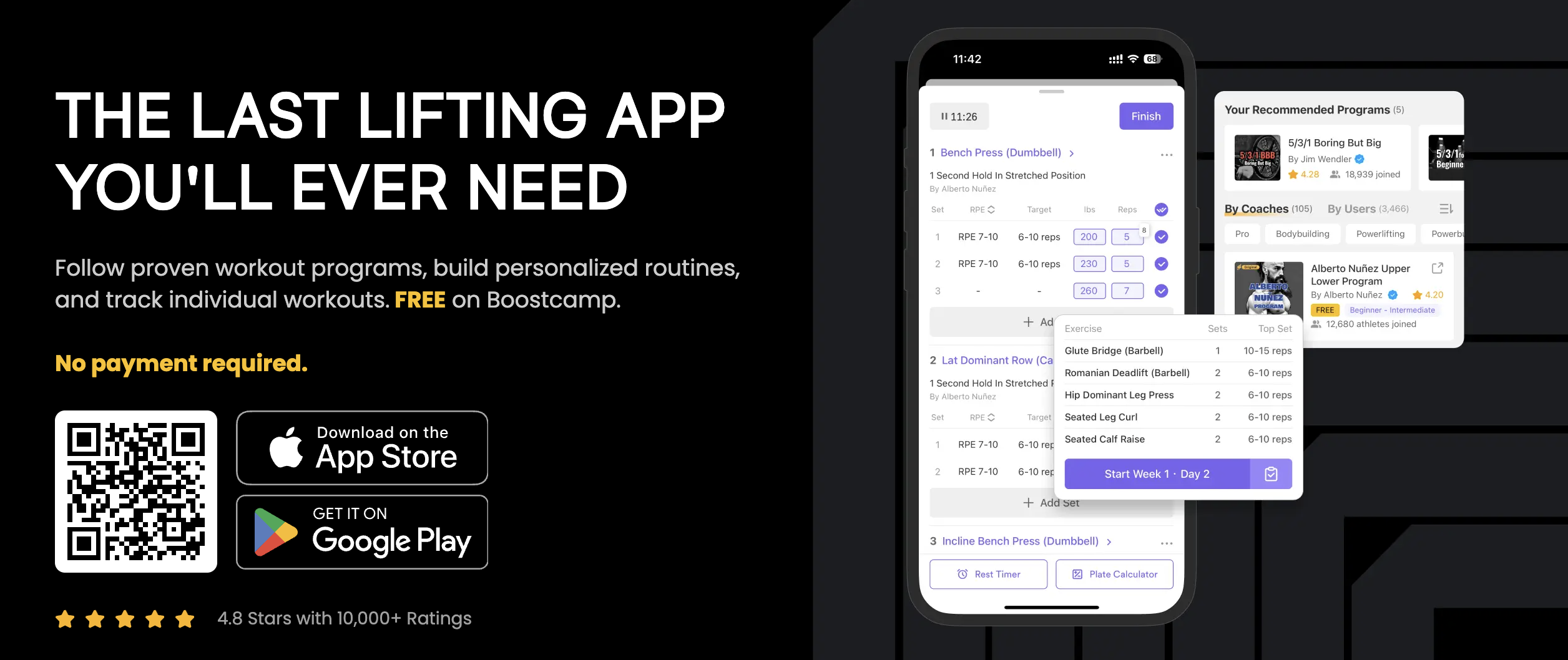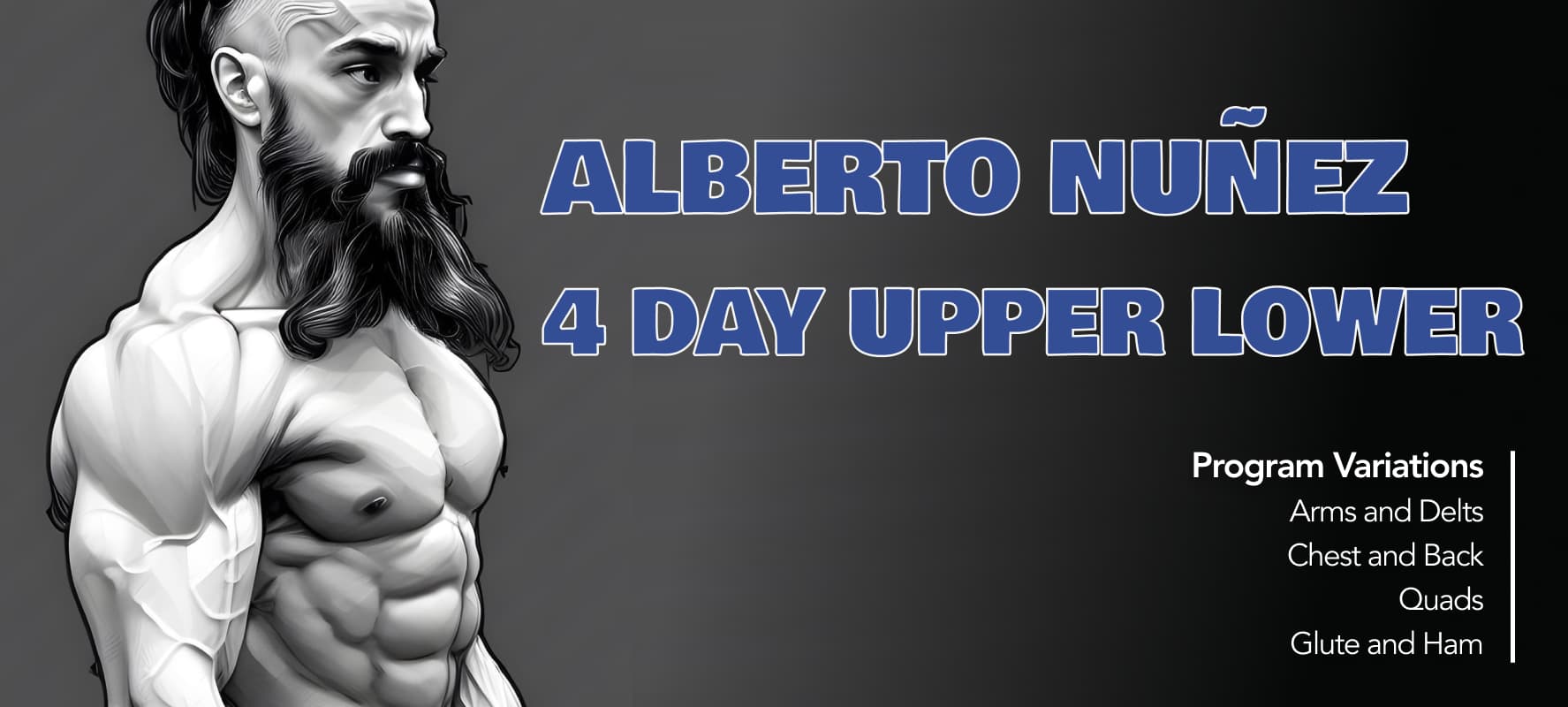Upper Lower vs Push Pull Legs: Choosing the Better Workout Split
Written by The Boostcamp Editors
Upper Lower vs Push Pull Legs: The Best Split for You
When it comes to your training regimens, there are so many different options to choose from, and it can be hard to do so depending on your training style. The upper lower split and the push pull legs split (PPL) are two of the most popular bodybuilding program structures that people will select when starting their fitness journeys, no matter their experience in training. But which of these popular workout splits is the better options? Our team at Boostcamp has put together a comprehensive training guide that will help you decide which split is best for your specific goals and needs, whether that be muscle mass or strength.
Now let us dive into the comparison between Upper Lower Split and the Push Pull Legs Split!
Dissecting the Upper Lower Split
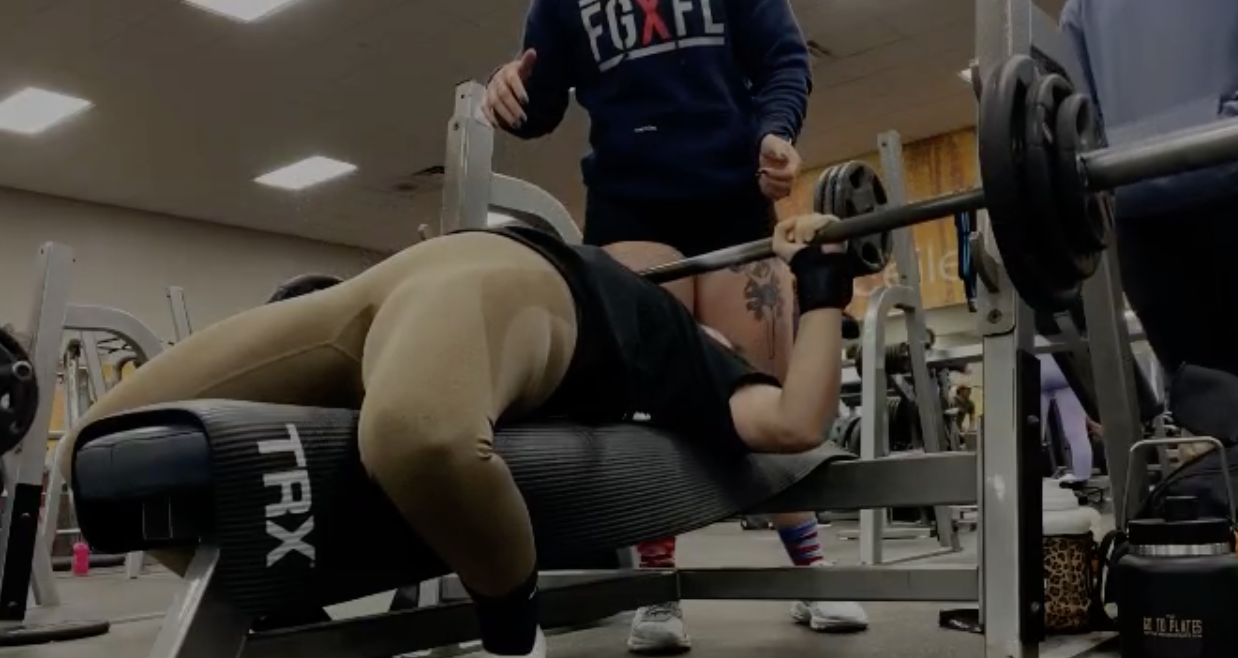
The first thing to dissect is what exactly the upper lower split is. Let's take a look.
What is the Upper Lower split?
The Upper Lower split, also known as ULUL, is a training program where workouts are divided into upper body and lower body sessions. This split typically involves training four days a week, with two days dedicated to upper body exercises and two days dedicated to lower body exercises. The structure often follows an "Upper, Lower, Rest, Upper, Lower, Rest, Rest" format, allowing for adequate recovery between sessions so you are fresh for your next workout. Remember when you train, you are creating tiny tears in the muscles and really breaking them down. The recovery part is where the muscles actually grow, so having proper diet and supplementation regimens in place to help your overall recovery are crucial if you want to see progress.
Following that rest day, on Thursday, the focus is on the upper body. This variation of the split allows for targeted training of different muscle groups on specific days, ensuring balanced development and optimal results.
Why do the Upper Lower split?
The Upper Lower split is popular for its balanced approach to training, targeting all major muscle groups in a simple and effective manner. This type of split is often recommended for beginner and intermediate lifters because it allows for ample recovery time, focuses on compound exercises such as the barbell squat and the deadlift, and establishes a strong foundation for future training progressions.
Intermediate and advanced lifters can also benefit from this split by increasing the intensity, the volume, or the frequency of their workouts.
Pros of Upper Lower split
Balanced approach: The Upper Lower split evenly targets all major muscle groups, ensuring a well-rounded training program.
Simplicity: This split is easy to understand and follow, making it accessible for beginners and experienced lifters alike.
Flexibility: The Upper Lower split can be easily customized to accommodate individual preferences, goals, and schedules.
Adequate recovery: With ample rest days built into the program, this split reduces the risk of overtraining and injury.
Cons of Upper Lower split
Limited frequency: Training each muscle group only twice a week might not be enough stimulus for advanced lifters looking to maximize muscle growth and strength gains.
Potential imbalances: If the upper or lower workouts are not carefully designed, muscle imbalances can occur, leading to suboptimal results.
Lack of specialization: The Upper Lower split may not be the best choice for those with specific goals, such as targeting weak points or improving particular lifts.
The Best Upper Lower splits
Alberto Nunez Upper Lower Program
This free 4-Day Upper Lower Program is designed by Alberto Nuñez, who is the head bodybuilding coach at 3D Muscle Journey. Alberto is an accomplished lifelong natural bodybuilder, having most recently won Mr. Universe at the 2022 WNBF.
Alberto Nuñez designed this program to target your upper and lower body muscles twice a week. Additionally, there are 4 program variations for you to choose from, with each focused more on a specific muscle group.
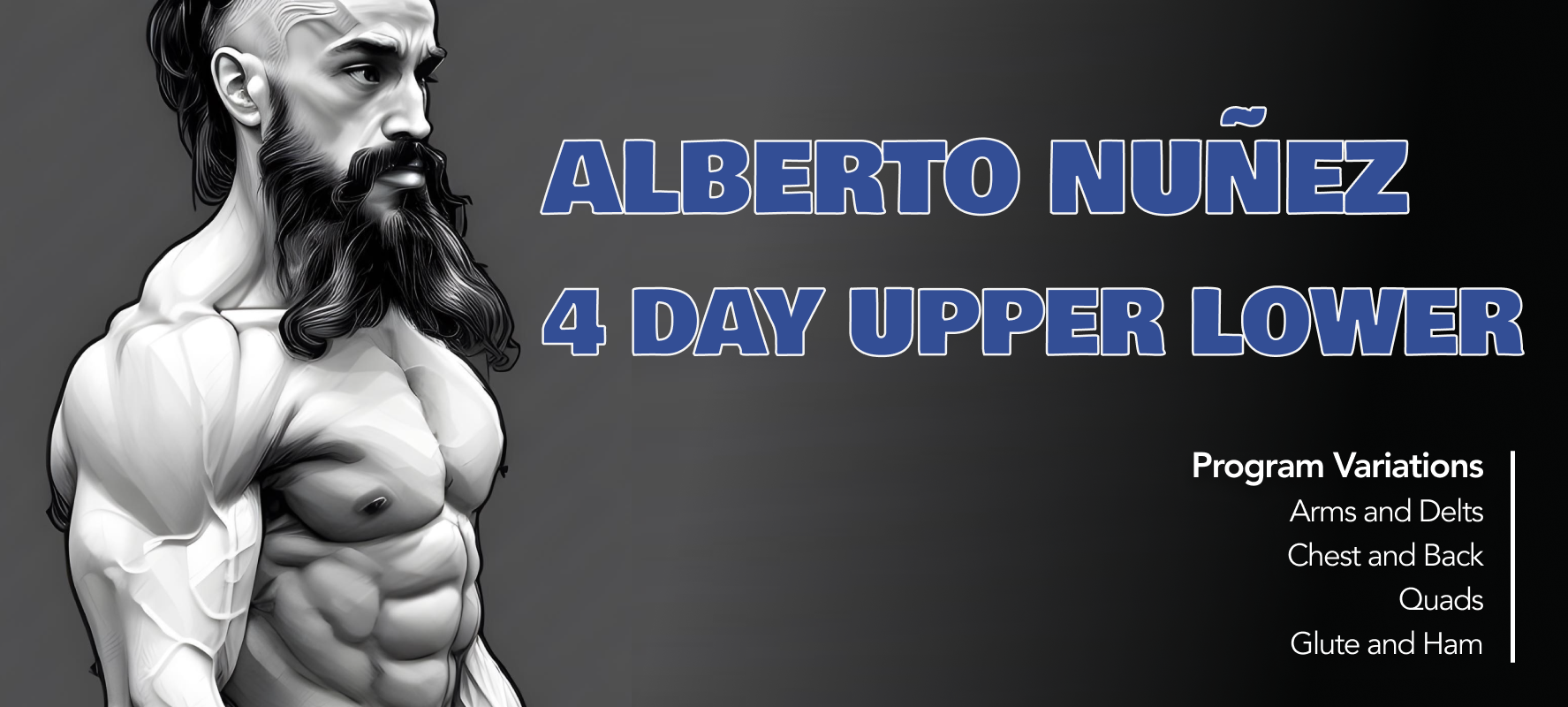
Power Hypertrophy Upper Lower (PHUL)
The Power Hypertrophy Upper Lower (PHUL) is an excellent workout program for the intermediate lifter who wants to develop their strength in heavy compound movements (squat, bench press, deadlift and overhead press), but also wants to add size to their physique.
PHUL is created by Brandon Campbell, a beloved YouTube fitness educator with over 200K subscribers. Brandon integrates the principles of bodybuilding and powerlifting into the PHUL workout to help you gain strength and muscle.

Diving Into Push Pull Legs
Next is to establish what the push pull legs routine consists of.
What is Push Pull Legs Routine?
Push Pull Legs (PPL) is a training split that divides workouts into three categories based on the movement patterns and muscle groups involved: push exercises, pull exercises, and leg exercises, including glutes. This split typically involves training six days a week, alternating between push, pull, and leg workouts. However, you can do only three days if that is all your schedule allows for, but the PPL structure often follows a "Push, Pull, Legs, Rest, Push, Pull, Legs" format.
Why do Push Pull Legs Routine?
The Push Pull Legs split is a popular choice for intermediate and advanced lifters who want to increase training frequency and volume for greater muscle growth and strength gains. By separating workouts based on movement patterns, this split allows for greater focus on specific muscle groups, helping to prevent imbalances and promote balanced development. In short, if a training split ticks the right boxes in terms of training frequency, total number of sets per muscle group (both per session and per week) and the reps per set are in the hypertrophy rep range, then it’s going to be an effective one.
Pros of Push Pull Legs
Increased frequency: Training each muscle group three times every two weeks can lead to greater muscle growth and strength gains
Movement pattern focus: By organizing workouts around specific movement patterns, the PPL split promotes balanced muscle development and reduces the risk of imbalances or overuse injuries.
Customizable: The PPL split can be tailored to fit individual goals, preferences, and schedules, making it suitable for a wide range of lifters.
Scalable intensity: This split allows lifters to manipulate training volume, intensity, and exercise selection to suit their specific needs and experience levels.
Cons of Push Pull Legs
Increased time commitment: Training six days a week can be challenging for those with busy schedules or limited gym access.
Demanding recovery: The higher training frequency can put a strain on recovery, making proper nutrition, sleep, and stress management even more critical.
Potential for overtraining: Without careful programming and monitoring, the increased volume and frequency may lead to overtraining, injury, or plateaus.
Best Push Pull Legs routines
Reddit PPL is designed for novice and early intermediate lifters who want a 6-day per week Push Pull Legs split to pack on significant strength and muscle.
Created by redditor Metallicapda, Reddit PPL gained fame as an effective powerbuilding program, with proven results by thousands of Redditors and lifters across the internet.
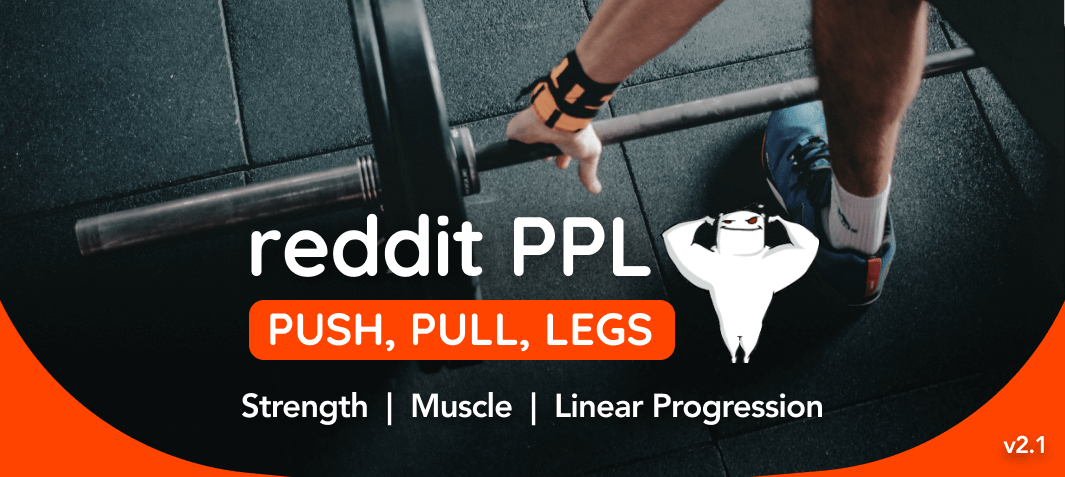
Push Pull Legs Upper Lower (PPLUL)
Dr. Swole's science-based PPLUL (Push Pull Legs Upper Lower) 5-day program is designed for late beginners, intermediates, and advanced athletes to maximize hypertrophy.
The PPLUL addresses some of the drawbacks of both PPL (Push Pull Legs) and UL (Upper Lower) splits. Traditional PPL tends to favor the upper body more, while UL tends to favor the lower body more. PPLUL combines the best of both and allows you to hit the upper and lower body hard twice a week. Now we know how an upper lower split and PPL stack up in terms of their benefits. We can see from the table what the drawbacks of each might be.

FAQ: Most Common UL/UL vs PPL Questions
After all that, you may have a few questions regarding the upper lower and push pull legs splits, so let's address and answer some of these!
What is the difference between Upper Lower and Push Pull Legs splits?
Upper Lower splits workouts into upper body and lower body sessions, typically involving four training days a week. Push Pull Legs splits workouts into push exercises, pull exercises (such as rows and pull-ups), and leg exercises, usually involving six training days a week.
Is Upper Lower or Push Pull Legs better for beginners?
Upper Lower is generally recommended for beginners due to its simplicity, balanced approach, and ample recovery time. However, some beginners may adapt well to Push Pull Legs if the routine is properly designed with appropriate volume and intensity.
Can I combine Upper Lower and Push Pull Legs in my training program?
Yes, you can alternate between Upper Lower and Push Pull Legs splits within a training cycle or even on a weekly basis, depending on your goals and preferences. This approach can provide variety, prevent plateaus, and address specific training needs.
How do I decide which split is best for me?
Consider factors such as your training experience, schedule, goals, and recovery ability when choosing between Upper Lower and Push Pull Legs. Beginners and those with limited time may prefer Upper Lower, while intermediate to advanced lifters looking to increase frequency and volume might opt for Push Pull Legs.
How long should I stick to one split before switching to another?
It's generally recommended to follow a training program for at least 8-12 weeks before considering a switch. This allows for sufficient time to make progress, adapt to the program, and evaluate its effectiveness for your goals. However, individual preferences and needs can influence the optimal duration.
How do I progress on Upper Lower and Push Pull Legs splits?
You can progress on both splits by increasing weight, volume, or intensity, as well as incorporating progressive overload and periodization principles. These strategies help prevent plateaus and ensure continued growth and improvement.
Are Upper Lower and Push Pull Legs splits suitable for women?
Yes, both splits are suitable for women and can be tailored to individual goals and preferences. The primary difference in training for men and women typically lies in exercise selection and specific goals rather than the overall training split.
Can I do cardio while following an Upper Lower or Push Pull Legs split?
Yes, you can incorporate cardio into either split, either on rest days or after resistance training sessions. Consider your goals, preferences, and recovery ability when determining the type, frequency, and duration of your cardio sessions.
How important is recovery when following an Upper Lower or Push Pull Legs split?
Recovery is crucial for both splits, as it allows your muscles to repair, grow, and adapt to the training stimulus. Upper Lower splits typically offer more recovery time between sessions, while Push Pull Legs may demand a greater focus on recovery due to the increased training frequency. Ensure you get adequate sleep, maintain proper nutrition, and manage stress to optimize recovery and overall progress.
Where to Find More Workout Programs
Whether you want to choose from an upper lower or push pull legs split or something else, to find the most popular and proven lifting programs, including the upper lower and push pull legs, check out the free Boostcamp App. You can find tons of free science-based workout routines for bodybuilding and powerlifting, all crafted by renowned evidence-based coaches. Boostcamp also lets you create your own custom routines and log your progress.
However, you can also choose to construct your own workout program with Boostcamp's Program Creator tool, and track your progress every step of the way.
Conclusion
Ultimately, there is a big difference between the Upper Lower and Push Pull Legs splits when it comes to gaining muscle. The choice between these two splits depends on your individual goals, preferences, and circumstances. If you're new to lifting weights and can only train 4 times a week, the Upper Lower split is a better fit for you. However, if you're an intermediate to advanced lifter looking to maximize muscle growth and strength gains by increasing training frequency and volume, the Push Pull Legs split could be the right choice. Both splits have their advantages, but the big difference lies in the level of experience and time commitment required.
Regardless of the split you choose, it's essential to prioritize proper form, progressive overload, and a well-rounded approach to exercise selection. Remember to listen to your body, make adjustments as needed, and maintain a focus on consistency and long-term progress.
By carefully considering your goals and needs, you can select the optimal training split to maximize your results and achieve your fitness aspirations. Whether you choose Upper Lower or Push Pull Legs, both splits offer unique benefits and opportunities for growth. At the end of the day, it all comes down to personal preference as to which program is most appropriate for you. The key is to find the program that best aligns with your lifestyle and objectives, allowing you to stay committed and make the most of your training journey.
Also, be sure to follow Boostcamp on Instagram and subscribe on YouTube!
